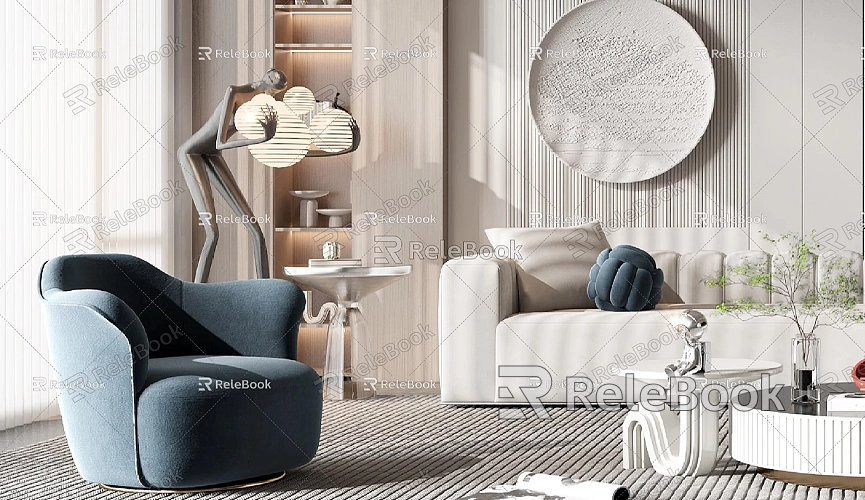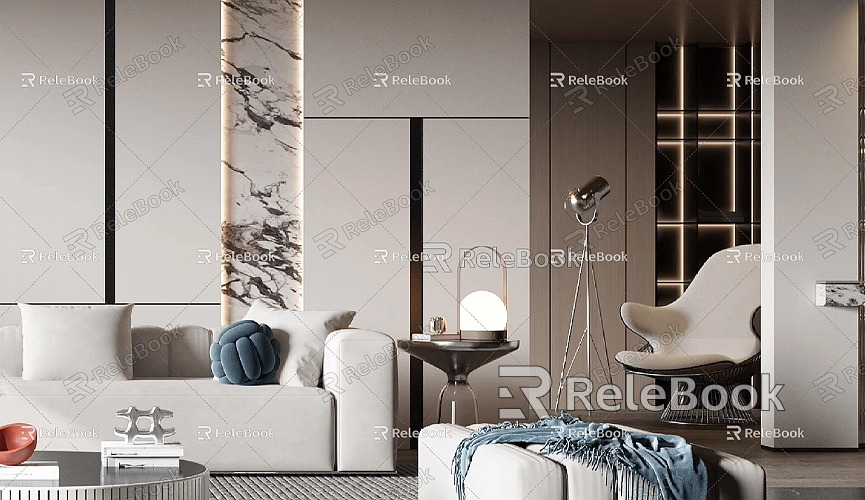How to hide rest of the model in sketchup
In SketchUp, hiding parts of a model is a common need, especially when performing detailed design work or focusing on specific objects. By hiding unnecessary elements, you can more clearly view and edit the target objects. In this article, we’ll go over several effective methods to help you manage model views in SketchUp and increase your productivity.
Using the Hide Feature
The hide feature is the most direct way to hide parts of your model. First, select the objects you want to keep visible. You can do this by simply clicking on the objects, or use the selection box tool. To select multiple objects, hold down the Shift key while clicking on the items you want to select. Once you’ve made your selection, right-click on one of the selected objects, and the “Hide” option will appear in the context menu. Click it, and the unselected objects will be hidden, allowing you to focus on the parts you need.

In practical use, the hide feature is especially useful when working with complex models. For example, in architectural or mechanical design, hiding unnecessary elements helps you make precise adjustments and modifications.
Using Groups and Components
Organizing elements in your model into groups or components is an efficient way to manage your model. Creating groups or components is easy: simply select multiple objects, right-click, and choose “Make Group” or “Make Component.” This groups the related elements, making them easier to manage.
Hiding a group or component is equally straightforward. After selecting the group or component, right-click and choose “Hide.” The entire group or component will be hidden, while the rest of the model remains visible. This method is particularly helpful when you need to repeatedly check or edit certain parts of a design during the workflow.
Using the Section Tool
The Section tool offers a more flexible way to display your model. With the Section tool, you can slice through the model, exposing internal details while hiding unnecessary parts. To use the Section tool, go to the “View” menu and select “Section Plane.” You can position and adjust the section plane to precisely show the parts of the model you want to examine.
This method is especially effective in architectural and interior design. Section views allow you to analyze the internal structure of a model, ensuring that every detail of the design is accurate and meets your expectations.

Using Layers
Layers are a powerful organizational tool that can help you manage different parts of your model. You can create new layers via the “Window” menu under “Layers.” Name the new layer, such as "Hidden Objects," and then assign the objects you want to hide to that layer.
Once the objects are assigned to a layer, you can easily hide all objects on that layer by clicking the eye icon next to the layer in the Layer Manager. This method is especially useful in large projects, where quickly switching between different views or hiding specific sections helps you focus on what’s most important.
Adjusting View Settings
In addition to the methods above, adjusting view settings can also help hide unnecessary elements. In the “View” menu, select the “Hide Geometry” option to hide certain geometries while keeping other parts of the model visible. This is a great way to simplify the view and remove visual distractions.
You can also adjust other display settings, such as showing only edges or hiding text. This helps you better understand the structure and layout of your model, and it is especially useful during presentations, allowing viewers to focus on the core elements of your design.
Tips and Tricks
Maintaining good view management habits is essential during model design. If you need to view hidden objects, you can easily restore them by selecting “Unhide All” under the “View” menu. This feature is handy when you’ve hidden multiple objects and want to quickly access them again for editing or review.
Additionally, consider using multiple viewpoints and quickly switching between them to find the best solution for your design. This practice not only boosts design efficiency but also helps you perform a more comprehensive analysis of the model.
By using these various methods, you can easily hide unnecessary parts of your model in SketchUp and focus on the work at hand. Whether using the hide feature, creating groups and components, or leveraging the Section tool and layers, each method offers unique advantages. We hope these tips will help you improve your workflow and enhance the quality of your designs.
If you need high-quality 3D textures and HDRI for your models and virtual scenes, you can download them for free from [Relebook](https://textures.relebook.com/). For stunning 3D models, visit [Relebook's 3D Models site](https://3dmodels.relebook.com/). Relebook offers a wealth of high-quality 3D resources to support your creative process, helping you complete your design work more smoothly and efficiently.

